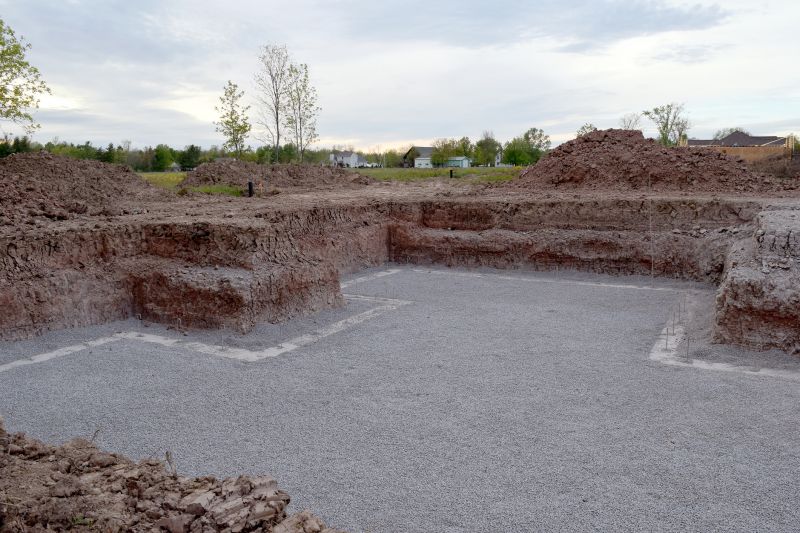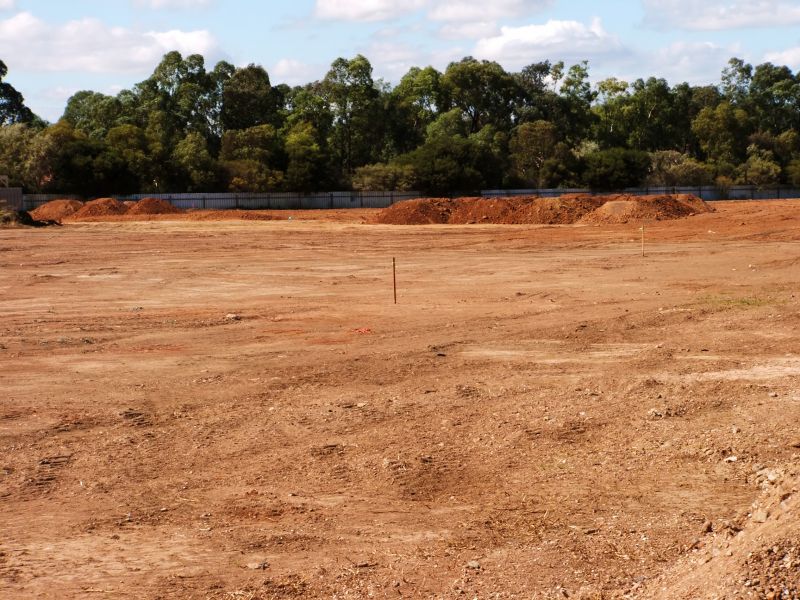Precision Dirt Backfilling to Support Your Build
Dirt backfillings are an essential component of many construction, landscaping, and excavation projects. They involve filling in excavated areas with soil or other suitable materials to restore ground levels, provide support, or prepare sites for further development. Proper backfilling ensures stability and prevents future settlement or erosion problems, making it a critical step in achieving long-lasting results.

A site after excavation, awaiting proper backfill to restore stability.

Professional compaction ensures soil stability and prevents future settling.

The completed backfill process creates a level surface ready for further construction.
The process of dirt backfilling typically involves several key steps. Initially, the area is prepared by removing debris and ensuring proper drainage. Next, soil is carefully placed in layers, with each layer being compacted to maximize stability. This layered approach prevents future settling and ensures the backfill can support structures or landscaping features effectively. Proper grading is also essential to facilitate surface drainage and prevent water accumulation.
The time required for professional backfilling varies depending on the size and complexity of the project. Smaller projects may be completed within a few hours, while larger or more intricate sites might take several days. Skilled professionals utilize specialized equipment, such as compactors and graders, to ensure the backfill is evenly distributed and properly compacted, resulting in a durable and stable ground surface.
Choosing the right soil type is crucial for stability and drainage.
Layering and compacting soil ensures maximum support and reduces settlement.
Effective grading and drainage prevent water accumulation and erosion.
| Aspect | Details |
|---|---|
| Typical Backfill Material | Clean, granular soil or gravel |
| Layer Thickness | 6-12 inches per layer |
| Compaction Method | Vibratory plate compactor or roller |
| Time for Small Projects | A few hours |
| Time for Large Projects | Several days |
| Key Benefits | Stability, erosion prevention, long-term durability |
| Common Challenges | Improper compaction, poor drainage, unsuitable soil |
Finished dirt backfilling projects often showcase smooth, level surfaces that support future construction or landscaping. Properly completed backfills are visually uniform and structurally sound, providing a reliable foundation for subsequent work. When completed by professionals, the results typically involve minimal future maintenance and enhanced ground stability.

A level, stable ground ready for further development.

Finished backfill supporting landscaping and plantings.

Solid foundation for paving and surface stability.
For those interested in professional dirt backfilling, submitting a contact form can provide an opportunity to receive a detailed quote. Engaging experienced specialists ensures that the project meets all structural and safety standards, leading to durable and reliable results.
